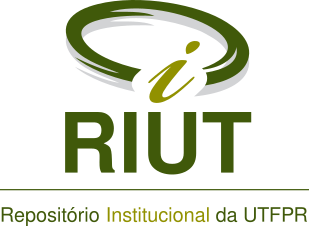Regulatory Control of Mass Flowrate in an Ore Feeding System with Time-Delayed Gain-Variant Dynamics
Abstract
Brazil is the world leading producer and exporter of iron ore, mainly due to operations of VALE, a global mining company with several operations in the country, delivering iron, copper, manganese, and nickel ores. Those operations are located mainly in the Northern state of Pará, and in the Southeastern state of Minas Gerais. From 2014 to 2019, the company’s average yearly production of iron ore was about 342 million t/year. Most of such production was exported overseas, mainly to Asian and European countries.
Mineral processing plants implement several stages of ore beneficiation, necessary to convert raw ore from the mines into ore products. Those plants comprise several processing facilities as crushing, screening, grinding, flotation, and others, which are operated by means of a plantwide digital control system, either SCADA- or DCS-based, using many process control loops.
The most important process variable in a mineral processing plant is the ore mass flowrate, measured in t/h. The transportation of ore between mineral facilities is usually done by belt conveyors, and the ore flowrate is measured by a conveyor weigher (also known as dynamic weigher or belt scale), which is a heavy instrument assembled directly in the conveyor structure [18]. The conveyor weigher has two primary sensors: piezoelectric loading cells to sense the unit weight of material on the belt, in t/m; and an incremental encoder to sense the belt moving speed, in m/s. By combining the unity load and the belt speed measurements, the weigher computes the material flowrate, in t/h, with a typical precision of ±0.5% of its full measurement range. The ore flowrate in a conveyor is not defined by the belt speed, but by the speed of the feeder that discharges the ore on the conveyor belt. Therefore, by changing the feeder (actuator) speed it is possible to control the ore flowrate using its measurements provided by the conveyor weigher (sensor).
This work describes the modeling and control of ore flowrate for the ore feeding system “RF-A” of the Fábrica Iron Ore Processing Plant, in the city of Ouro Preto, Minas Gerais state, Brazil, operated by VALE. The next section introduces the industrial process and the control problem.
Keywords
Full Text:
PDFDOI: 10.3895/jaic.v9n1.13569
Refbacks
- There are currently no refbacks.
Copyright (c) 2021 CC-BY

This work is licensed under a Creative Commons Attribution 4.0 International License.
ISSN: 2594-3553





